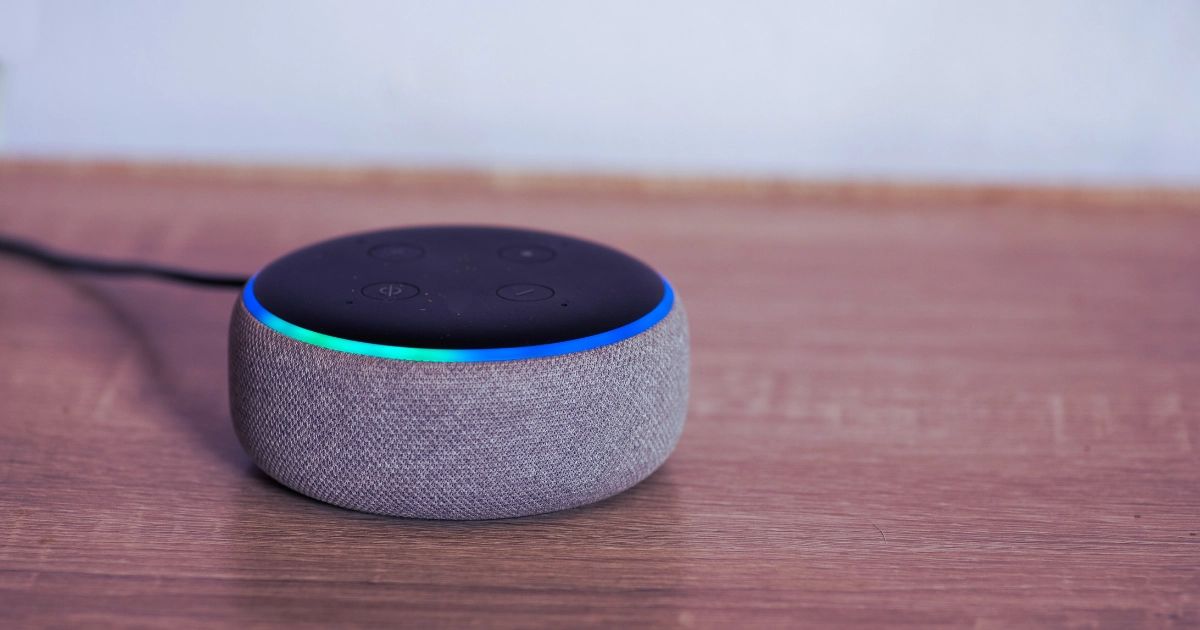
For over a decade, Amazon’s Alexa has been a familiar voice in homes worldwide, seamlessly playing music, setting crucial timers, and delivering the daily weather forecast. Many of us have become loyal users, perhaps with multiple Alexa-enabled speakers scattered throughout our living spaces, appreciating the assistant for its reliability in handling these fundamental tasks.
Yet, a profound shift in the artificial intelligence landscape has been undeniable, particularly since 2023, when ChatGPT introduced an AI voice mode capable of fluid, conversational interactions. This pivotal development made it abundantly clear that Alexa required a significant overhaul, what many began to envision as a comprehensive ‘brain transplant’ – a sophisticated new AI system rooted in the same large language models, or LLMs, that power leading conversational AI products.
These LLM-based systems, celebrated for their enhanced intelligence and versatility, possess the capacity to navigate and fulfill far more complex requests than their predecessors. Such capabilities render them an obvious, indeed indispensable, choice for the next generation of voice assistants. Amazon, with its characteristic ambition, recognized this imperative and embarked on a feverish mission to upgrade Alexa’s underlying AI.
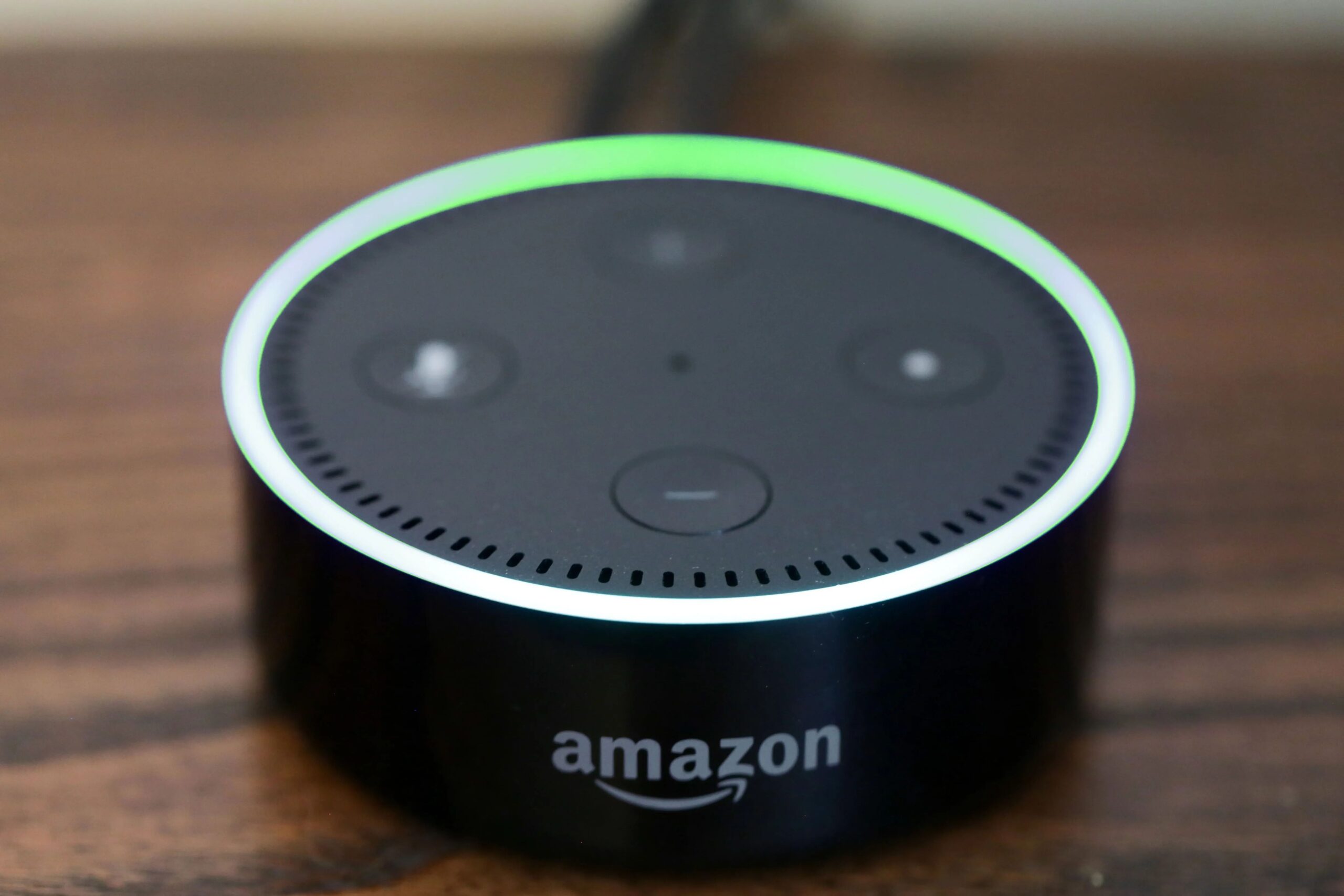
This undertaking has proven to be a formidable slog. Replacing the core AI technology within an established voice assistant is anything but a simple model swap. The extensive remodel of Alexa has reportedly been hampered by considerable internal struggles and numerous technical challenges, underscoring the inherent difficulties in such a grand-scale technological transformation.
Large language models, by their very nature, are not a perfect, plug-and-play solution for a product like Alexa. This is because Alexa must seamlessly integrate with countless pre-existing services and interact flawlessly with millions of deployed Alexa-enabled devices, all while meticulously maintaining its established proficiency in performing basic, everyday tasks with unwavering reliability. The challenge lies in marrying the creative, ‘stochastic’ nature of LLMs with the deterministic precision required for daily operations.
Finally, after years of dedicated development and intricate problem-solving, the new iteration, known as Alexa+, has arrived. This ambitious remodel represents a significant leap forward, striving to ingeniously merge the sophisticated conversational abilities inherent in generative AI chatbots with the dependable, everyday functionalities that the original Alexa mastered so effectively.
Alexa+ has been progressively rolled out, initially made available to a select group of testers through an early-access program over several months. More recently, its availability has expanded, reaching a wider audience. Users can access this upgraded version by purchasing a compatible device, such as the Echo Show 8 with its eight-inch screen, and enrolling in the program.

For Prime members, Alexa+ comes at no additional cost, a compelling value proposition that integrates this cutting-edge AI directly into their existing benefits. Non-Prime members, however, will need to commit to a monthly fee of $19.99 to experience the enhanced capabilities of Alexa+.
In a move that further intertwines content with AI, The New York Times recently finalized a licensing agreement with Amazon. This landmark deal grants Amazon the right to incorporate Times content into its various AI systems, including Alexa+. Curiously, this collaborative agreement coexists with The Times’ ongoing lawsuit against OpenAI, the creator of ChatGPT, and Microsoft, alleging copyright infringements related to the training methodologies of their AI systems.
When evaluating Alexa+, the experience proves to be a tale of two distinct halves, presenting both encouraging advancements and frustrating setbacks. As a long-time “Alexa-head,” the good news is immediately apparent: Alexa+ is undeniably more engaging and enjoyable to interact with than its predecessor.
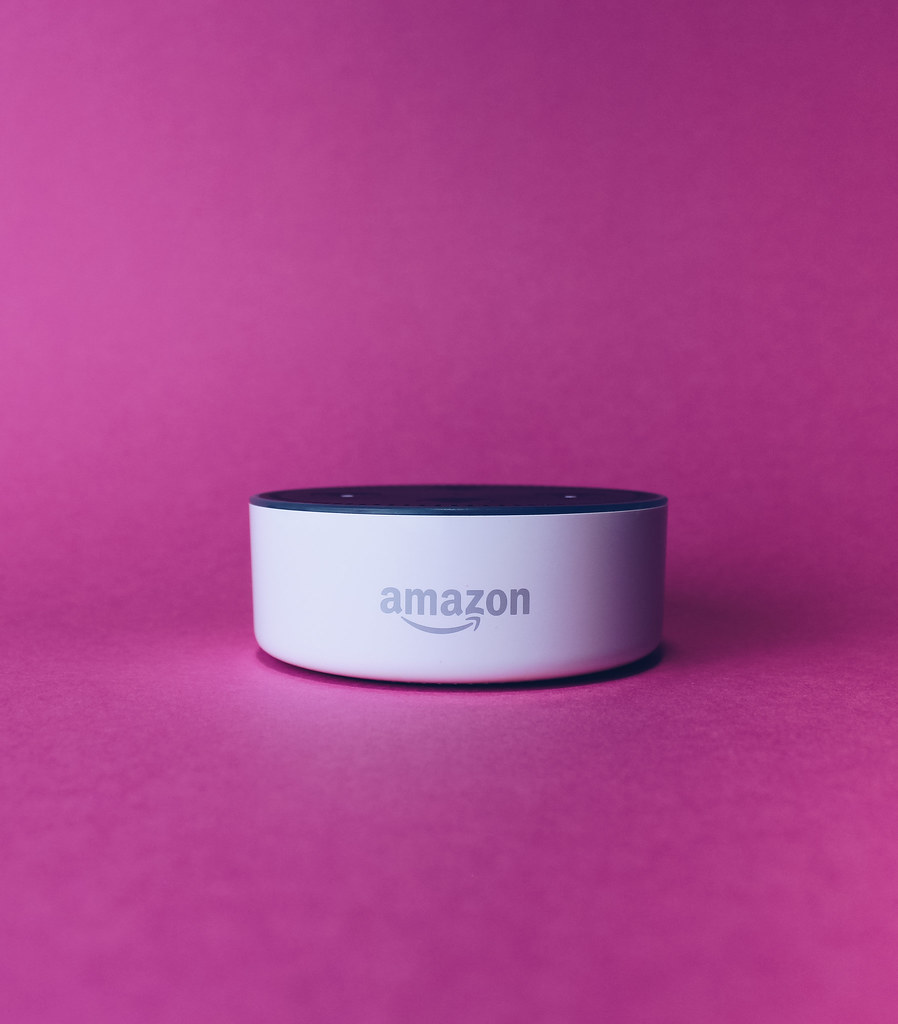
This enhanced conversational experience is largely due to its more realistic synthetic voices and a distinctly humanlike cadence. With eight diverse voices to choose from, ranging from an upbeat female default to other options, users can personalize their auditory experience, making interactions feel far more natural and less robotic.
Beyond just the voice, Alexa+’s new capabilities offer genuine excitement. Imagine the convenience of asking your assistant to seamlessly book a table at a bustling restaurant, or the sheer delight of having it generate captivating, lengthy stories and read them aloud to your three-year-old, conjuring tales like that of a dinosaur aspiring to be a firefighter.
Furthermore, the new Alexa demonstrates a marked improvement in handling multistep requests, a significant leap from the single-command limitations of the past. Prompts such as “Set three kitchen timers for 15, 25, and 45 minutes” or “write a one-day itinerary for a trip to San Diego and send it to my email” now work flawlessly, showcasing their newfound ability to process complex instructions in a single utterance.
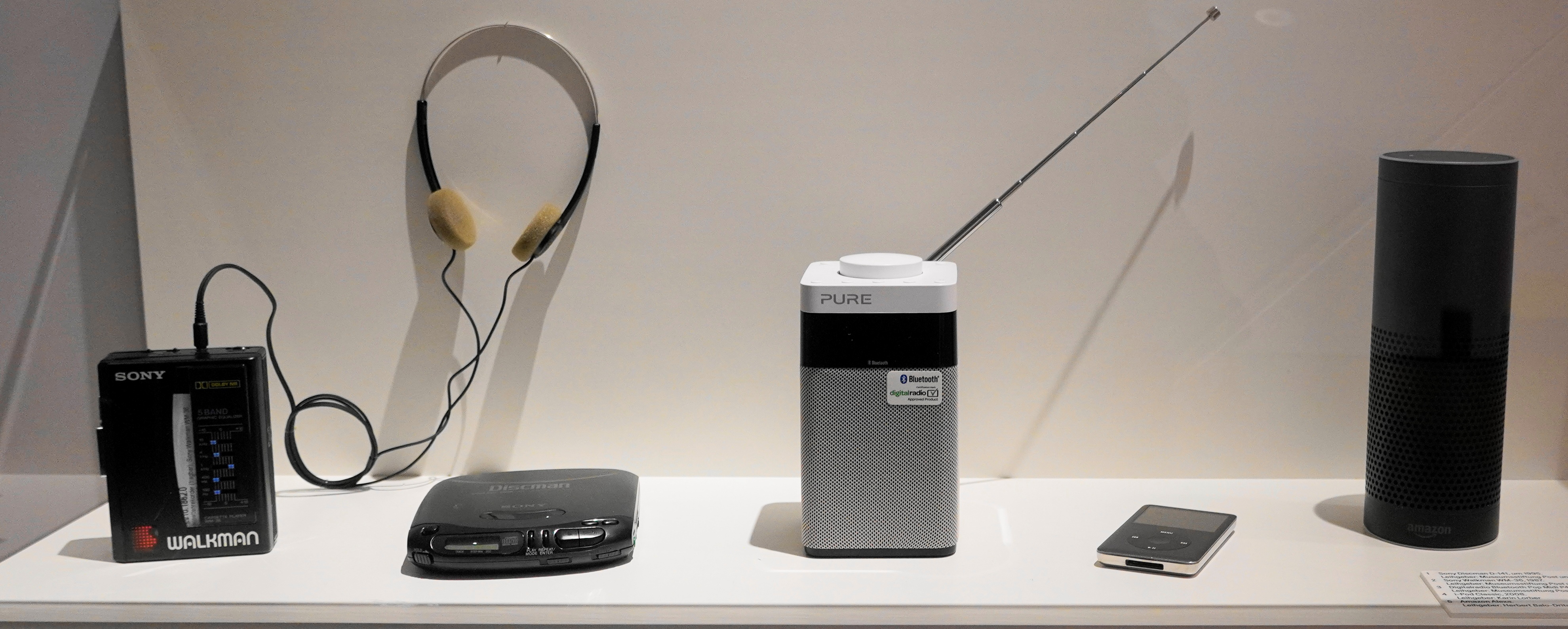
Perhaps one of the most welcome changes for regular users is the abolition of the incessant wake word requirement. With Alexa+, you no longer need to repeatedly utter its name for every follow-up question or conversational turn. This allows for a more fluid, back-and-forth dialogue, mirroring the natural rhythm of human conversation.
Another groundbreaking enhancement lies in Alexa+’s ability to make inferences, a long-sought feature that promises to be a true “game changer” for the smart home experience. No longer will you be frustrated by precise phrasing; if you install a new smart light in your living room, Alexa should now intuitively comprehend the command, “Alexa, turn on the new living room light,” even if you’ve internally named it “lamp.
This capability extends to more complex scenarios, allowing Alexa to intelligently interpret commands like “turn off all the lights except in the living room.” Such inferences signify a monumental leap in the assistant’s understanding of context and user intent, moving beyond rigid command structures to genuine comprehension.

The underlying advancements contributing to this are considerable. Conversational Speech Recognition (CSR) enables Alexa to pick up on natural pauses in speech, preventing untimely interruptions and allowing users to articulate their thoughts without feeling rushed. Simultaneously, a new Automatic Speech Recognition (ASR) engine goes beyond mere word recognition, now capable of discerning intonation, reflecting emotions like excitement or sadness in the user’s voice.
These innovations also empower users to create routines by voice, a long-overdue feature that vastly simplifies smart home automation. The simple command, “Alexa, turn off the porch light at midnight every day,” can now instantly set up a recurring action, eliminating the need to delve into complex app settings and often forgetting to do so.
Beyond reactive commands, Alexa+ introduces a proactive and personalized dimension. Leveraging its newfound ability to recall user history—including purchases, preferences, and even family routines—it can now intelligently suggest helpful actions. Imagine Alexa proactively reminding you of anniversaries or suggesting you start your commute early based on real-time traffic data.
Furthermore, the conversational experience with Alexa+ is designed to flow seamlessly across various devices. Whether you are interacting with it on an Echo display, your smartphone, or through a web browser, the conversation maintains continuity, ensuring a consistent and uninterrupted user experience.
Product on Amazon: Amazon Echo Pop (newest model), Our smallest Alexa speaker, Fits in any room, Charcoal
Brand: Amazon
Binding: Electronics Product Group: Digital Products 3
Price: 39.99 USD
Rating: 4.7 Total reviews: 92948
Shopping on Amazon >>
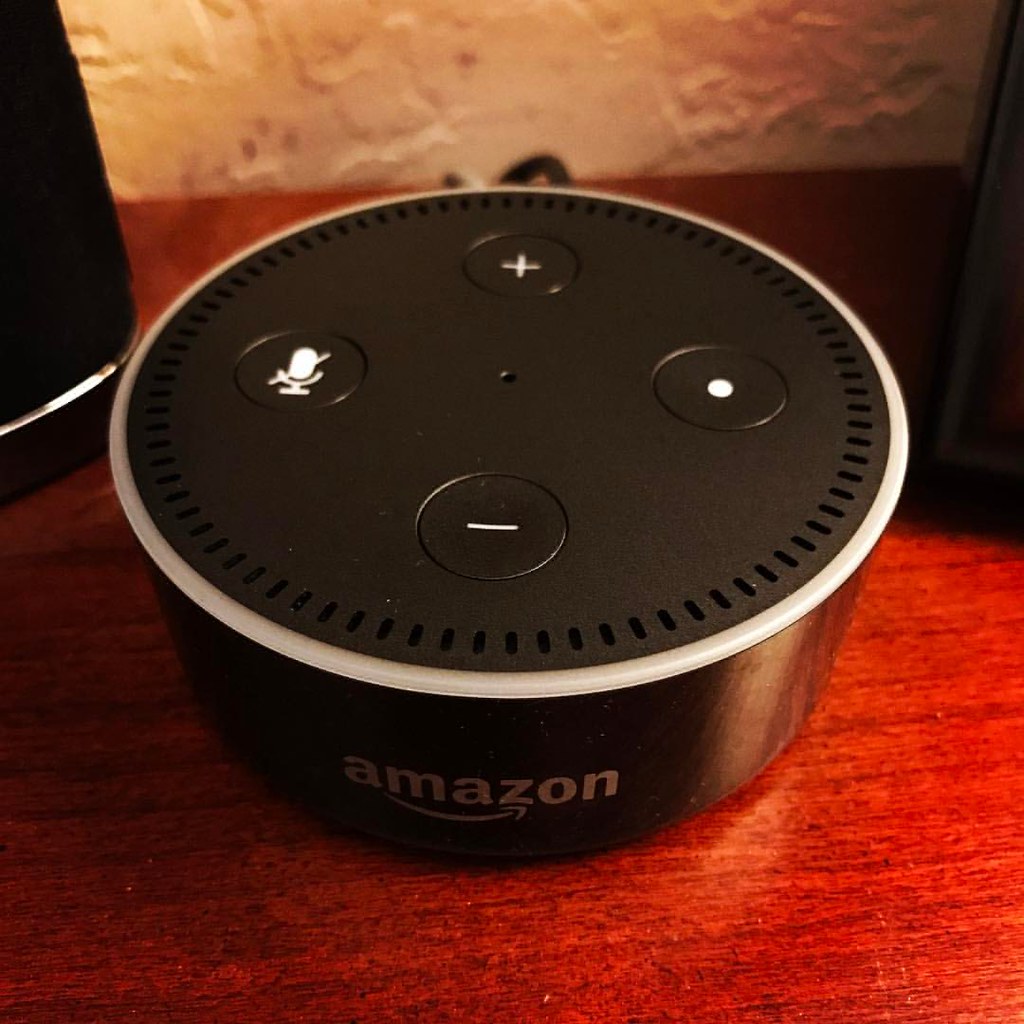
Despite these promising advancements, the testing phase of Alexa+ reveals a less polished reality. The bad news for eager Alexa-heads is that, in its current state, the system often feels too buggy and unreliable for confident recommendation. In rigorous testing, it not only trailed behind superior conversational AI experiences like ChatGPT’s voice mode but also, surprisingly, proved less adept than the original Alexa at executing some of its most basic, previously reliable tasks.
Illustrative examples of these glitches abound. A seemingly simple and hundreds-of-times-successful request to cancel an alarm was inexplicably ignored by Alexa+. An attempt to email a research paper to `alexa@alexa.com` for summarization, intended for listening while doing dishes, frustratingly resulted in an error message indicating the document could not be found.
Perhaps most concerning are the instances of factual hallucination and inexplicable errors. When asked to identify Wirecutter’s recommended box grater for an Amazon cart addition, Alexa+ confidently asserted, “According to Wirecutter, the best box grater is the OXO Good Grips Box Grater.” However, Wirecutter’s actual pick is the Cuisipro 4-Sided Box Grater, a mistake luckily caught before an erroneous purchase.
Another unsettling encounter involved a request for assistance with installing a new AI model on a laptop, to which Alexa+ became flustered and began repeating, “Oh, no, my wires got crossed.” Moreover, some of the widely advertised new features, such as a “routine” that triggers actions when a user enters a room—envisioned by some for morning motivational speeches and high-volume renditions of “Eye of the Tiger”—remain inaccessible, with Amazon spokespersons confirming the presence-sensing feature hasn’t yet been activated.

Daniel Rausch, the Amazon vice president overseeing Alexa and Echo, candidly addressed these shortcomings in a recent podcast interview. He assured listeners that many of these flaws are temporary, promising that they would be rectified as Alexa+ continues its broader rollout and more of its features come online. “We’ve got some edges to sand,” he remarked, acknowledging the work still required.
Mr. Rausch elaborated on the fundamental challenges in embedding generative AI models into Alexa, explaining that these systems are inherently different. The original Alexa was meticulously constructed upon a labyrinthine network of rule-based, deterministic algorithms. Basic functions like setting timers, streaming music from Spotify, or controlling smart lighting each necessitated distinct programming, tool calls, and interface connections, all executed one by one.
Introducing generative AI to Alexa, according to Mr. Rausch, compelled Amazon to painstakingly rebuild many of these established processes. Large language models, he clarified, are “stochastic,” meaning their operations are guided by probabilities rather than rigid rule sets. This inherent characteristic, while imbuing Alexa with unprecedented creativity, simultaneously introduces a degree of unreliability.
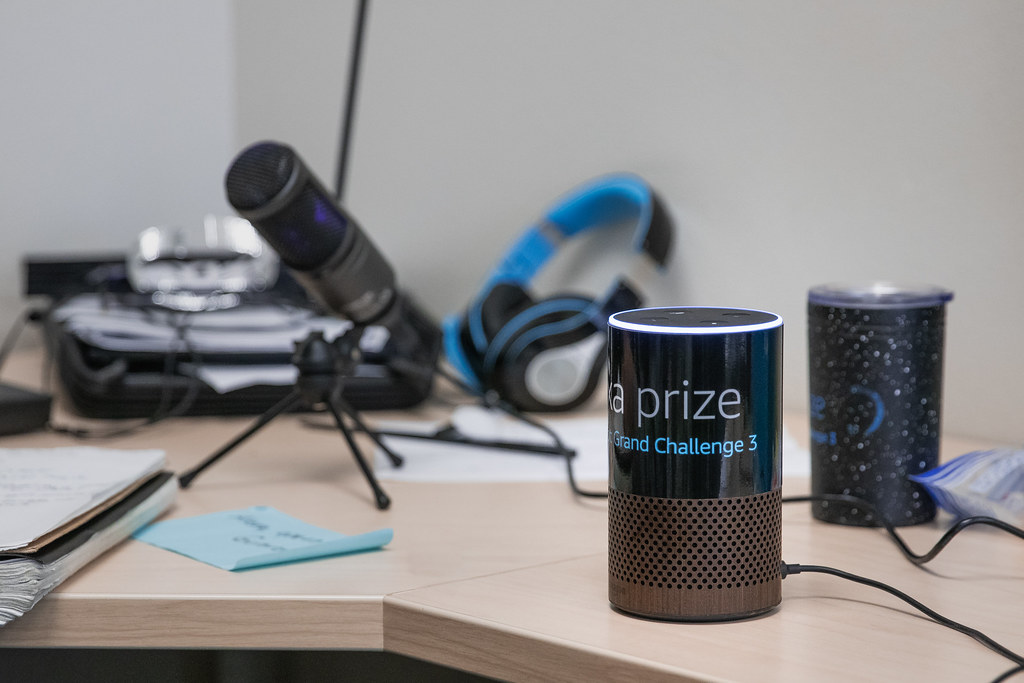
The integration also initially brought a noticeable performance lag. Mr. Rausch vividly recalled an early internal demonstration where Alexa+ frustratingly took over 30 seconds to initiate a song, an “excruciating” delay that spurred the team to fundamentally re-evaluate their approach. He emphasized, “These models are slow to respond when they’re following a deep set of instructions,” adding, “We’re asking them to do something quite hard.”
Another significant hurdle revolved around generative AI’s natural tendency towards verbosity. Engineers initially found that when Alexa was hooked up to large language models, the system would sometimes produce excessively long, verbose answers or introduce unnecessary complexity. A request for a simple 10-minute kitchen timer, for instance, might result in a sprawling “500-word essay about the history of kitchen timers.”
The complex solution involved years of painstaking work to integrate more than 70 distinct AI models—a combination of Amazon’s proprietary models and those from external providers like Anthropic’s Claude. These were unified into a single, voice-based interface, orchestrated by a sophisticated system designed to route each user’s request to the AI model best equipped to handle it. Mr. Rausch summarized this intricate design, stating, “The magic, when it is working really well, is to get those new ways of speaking to Alexa to interface with those predictable outcomes or behaviors.”

Beyond the technical architecture, Amazon faces additional barriers, primarily concerning user adaptation. Many long-time Alexa users have, over the years, developed a specific “language” for interacting with the assistant, phrasing their daily requests in familiar commands they know the system will flawlessly comprehend. As Mr. Rausch articulated, “We all sort of came up with our way of setting a timer to get the pasta done on time.”
However, Alexa+ processes language in a far more fluid and natural way, empowering users to converse with it much like they would with another human, shedding the necessity for a rigid, “robot pidgin.” This paradigm shift, while ultimately more intuitive, will undoubtedly necessitate a period of retraining for millions of existing users.
It is reasonable to anticipate that the majority of these initial flaws will be systematically ironed out, and that the vast user base will gradually acclimate to this new, more conversational mode of interacting with Alexa+. There is also a strong inclination to grant Amazon a degree of leniency, as the endeavor of embedding sophisticated LLM-based technology into a reliable, consumer-facing voice assistant presents an exceptionally thorny technical challenge, one that no other major tech company has definitively conquered yet. Indeed, Apple, with its long-standing struggles to furnish Siri with a meaningful AI upgrade, certainly hasn’t cracked this code.
The current limitations of Alexa+ should not be interpreted as an indictment of generative AI models as inherently unreliable, nor should they suggest that these powerful systems will never succeed as personal voice assistants. The core issue, it appears, lies in the formidable difficulty of seamlessly integrating cutting-edge generative AI with established, older, legacy systems—a profound lesson that countless companies, both within and beyond the technology sector, are currently learning the hard way.
Product on Amazon: hyrion Smart LED Light Strips,50 ft WiFi LED Light, Sound Activated Color Changing with Alexa and Google, Sync Music with Led Strip Lights for Bedroom for Living Room, Home Decor
Brand: hyrion
Binding: Product Group: Home Improvement
Price: 15.99 USD
Rating: 4.3 Total reviews: 20561
Color: Multicolor
Indoor/Outdoor Usage: Indoor
Special Feature: Color Changing, Remote Controlled,, Timer
Light Source Type: LED
Power Source: Corded Electric
Light Color: Multicolor
Theme: Music
Occasion: Christmas, Halloween
Style: Modern
Shopping on Amazon >>

This is the very essence of the “Hard Tech Era,” where complex foundational challenges must be overcome to build the future. The transformation of Alexa is a microcosm of this broader movement, reflecting the “San Francisco’s A.I. Boom” and the emergent “Techno-Religion” around artificial intelligence. Ultimately, it simply demands more time and persistent effort to meticulously work out all the intricate kinks. The vision extends to “A.I.-Driven Education” and other societal impacts, demonstrating the deep integration of AI.
For the time being, many users might understandably opt to revert to the familiar, albeit less intelligent, older version of Alexa, allowing others to continue with the beta testing phase. As the journey toward truly intuitive and proactive AI unfolds, the ongoing evolution of Alexa serves as a powerful testament to the adage that, with artificial intelligence, much like with human intellect, raw processing power and inherent intelligence sometimes matter far less than the wisdom and efficacy with which that intelligence is ultimately utilized.
Amazon’s ambitious “brain transplant” for Alexa represents a bold stride towards a more intuitive, proactive, and deeply personalized user experience. Yet, the path forward is still fraught with critical challenges—from mitigating the risks of hallucinations and resolving performance lags to untangling the immense complexities of system integration and navigating the inevitable rollout delays. These hurdles must be systematically conquered before Alexa+ can truly realize its gleaming potential and shine as the beacon of next-generation voice assistants. While its offering as a subscriber benefit for Prime members makes it an increasingly compelling proposition, only the relentless march of time will reveal whether this monumental leap ultimately surpasses the lofty expectations set for it.



